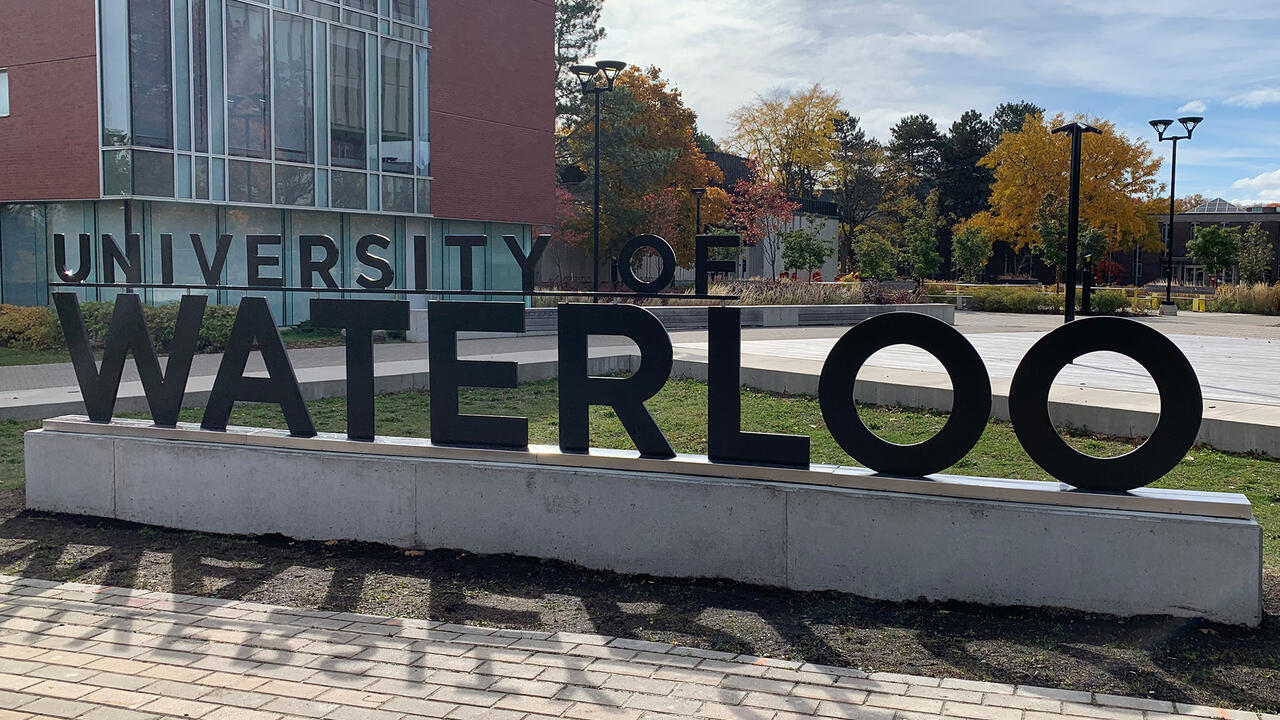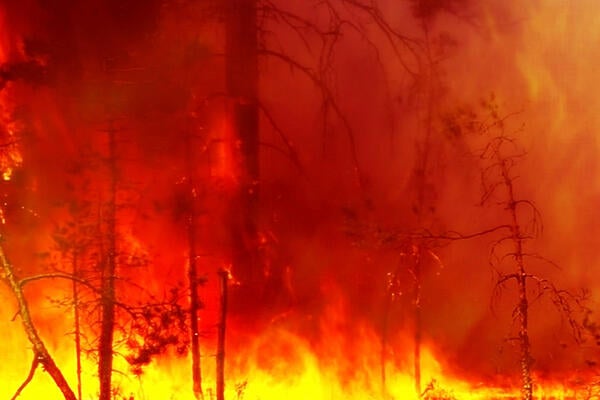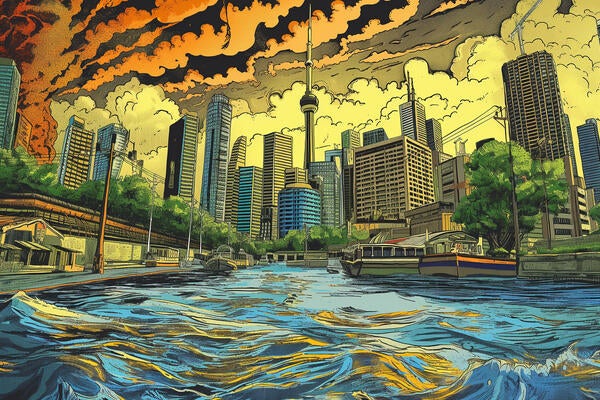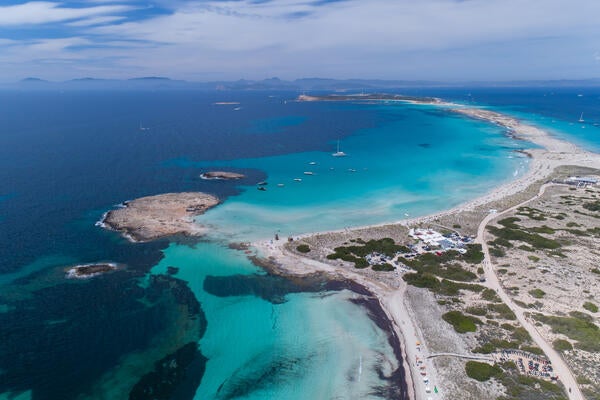Most efforts to protect and restore wetlands mistakenly focus on preserving only total wetland area, with no consideration of ecosystem services provided by different wetland types, according to a new study from the University of Waterloo.

Prairie Pothole Region landscape showing high wetland density. Credit: Ducks Unlimited, Inc.
The study, published in the peer-reviewed journal Ecological Applications last month, shows wetland loss follows a strong pattern, with smaller, isolated wetlands being lost in much greater numbers than larger wetlands.
Doctoral student Kim Van Meter and Professor Nandita Basu from the Department of Earth and Environmental Sciences in the Faculty of Science argue that not only have we drained large numbers of smaller, isolated wetlands, but that the remaining wetlands have much simpler shapes, leading to an extensive loss of wetland perimeter. It has been shown that wetland perimeters provide important habitat for aquatic species and allow for more chemical reactivity to improve water quality.
Smaller wetlands also function best as a group, forming an interconnected “landscape mosaic” which provide unique habitat and safe breeding grounds for species such as salamanders and migratory birds.
As described in another recent paper by Basu in the journal Bioscience, these small, geographically isolated wetlands act like landscape filters, preventing excess nutrients, sediments and contaminants from entering larger waterways.
Unfortunately, many restoration efforts have focused simply on restoring wetland area, with no consideration of the type or size of the wetlands being restored.
“We didn’t expect to see such a strong, preferential loss of smaller wetlands,” says Basu, who is also cross-appointed with Civil and Environmental Engineering and a member of the Water Institute. “It’s not just a local phenomenon. Smaller wetlands are the least protected under most environmental regulations.”
“Many people would say ‘What’s the big deal if we drain this small area?’” says Van Meter. “But these smaller wetlands are integral to a larger wetland network.”
Van Meter and Basu used high-resolution remote sensing images, elevation data, and the US National Wetlands Inventory dataset to compare historical wetland areas with today’s boundaries in the Des Moines Lobe (Iowa) portion of the Prairie Pothole Region.
It’s a cautionary tale from a region that has lost more than 90 per cent of its wetlands since European settlers arrived two centuries ago. Even though this study was done in the prairies, it applies everywhere according to Van Meter. Between 70 and 80 per cent of Ontario’s wetlands have disappeared since 1800 – and here also smaller, isolated wetlands have been preferentially lost.
Basu and Van Meter believe current ad hoc restoration approaches can be dramatically improved. They plan to expand their framework to southern Ontario and incorporate the results into a modeling tool that will help decision makers maximize restoration value, or decide which areas are best left preserved.
This research was funded in part by the University of Waterloo.









